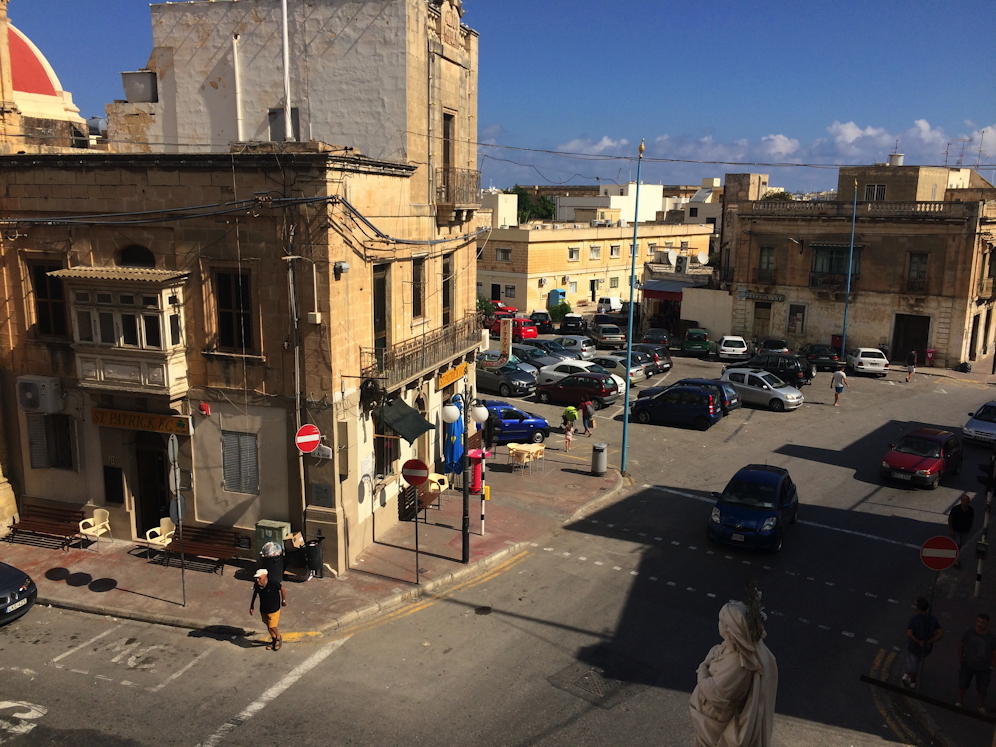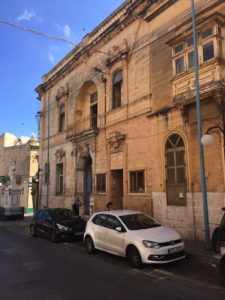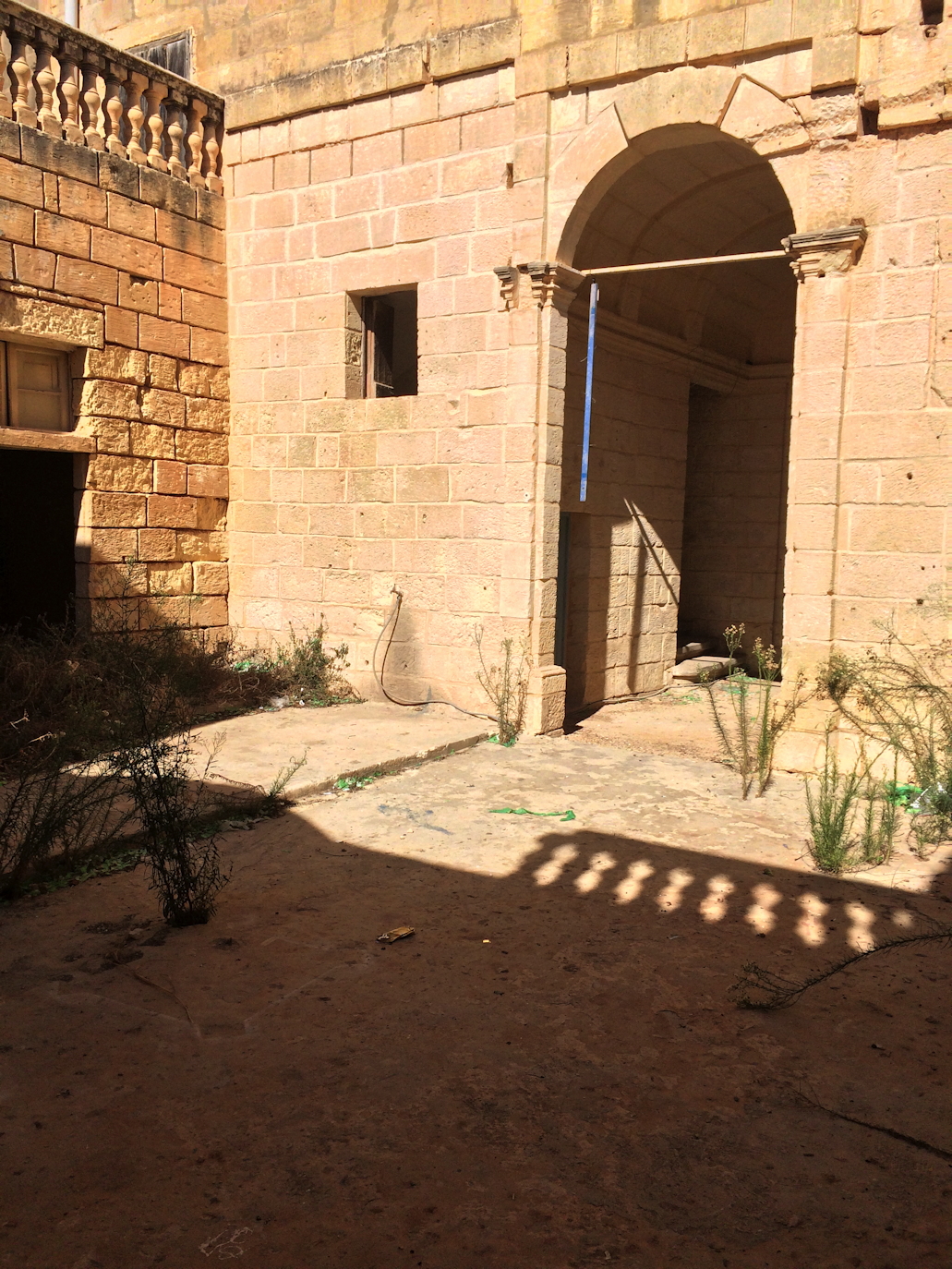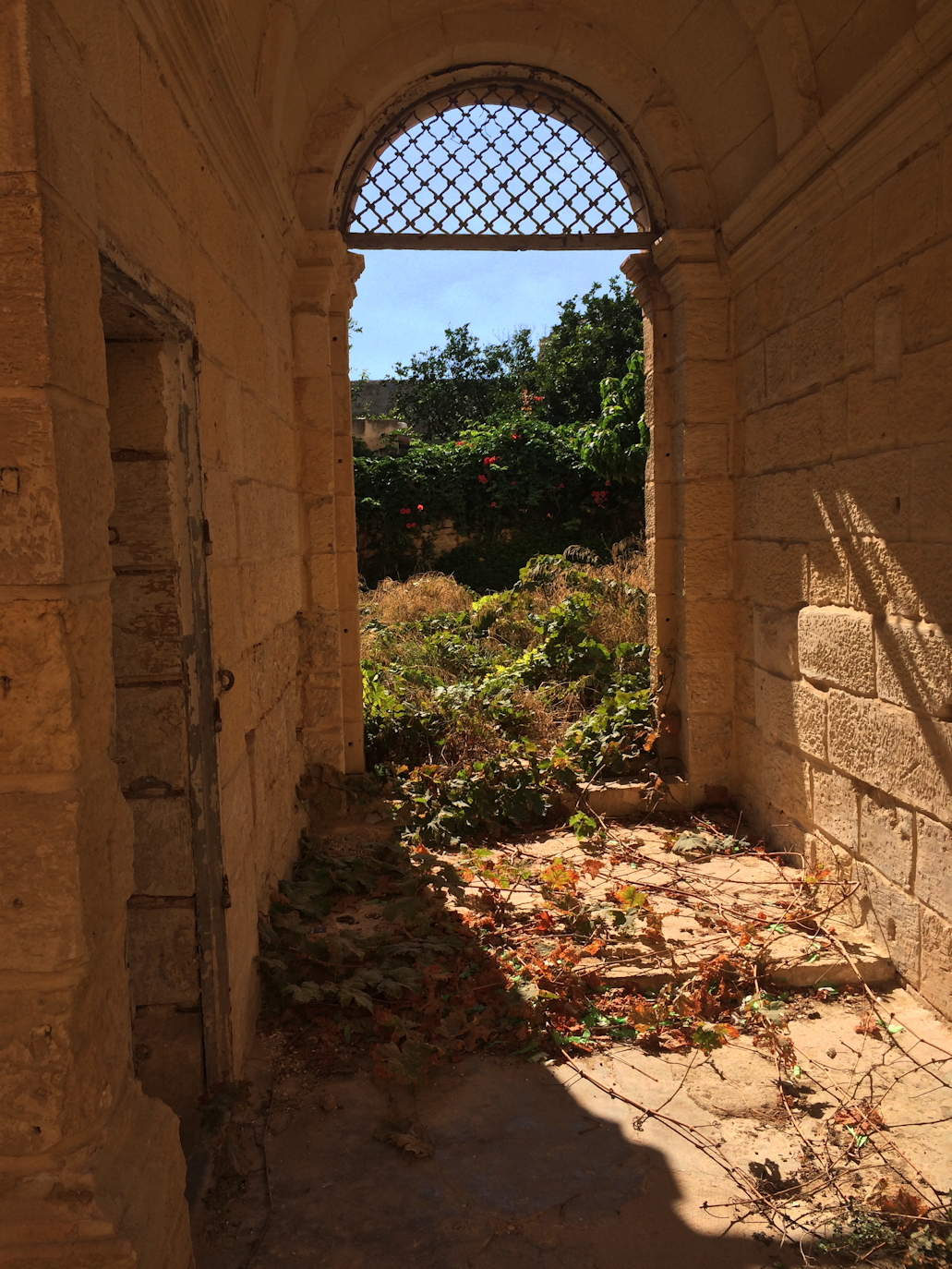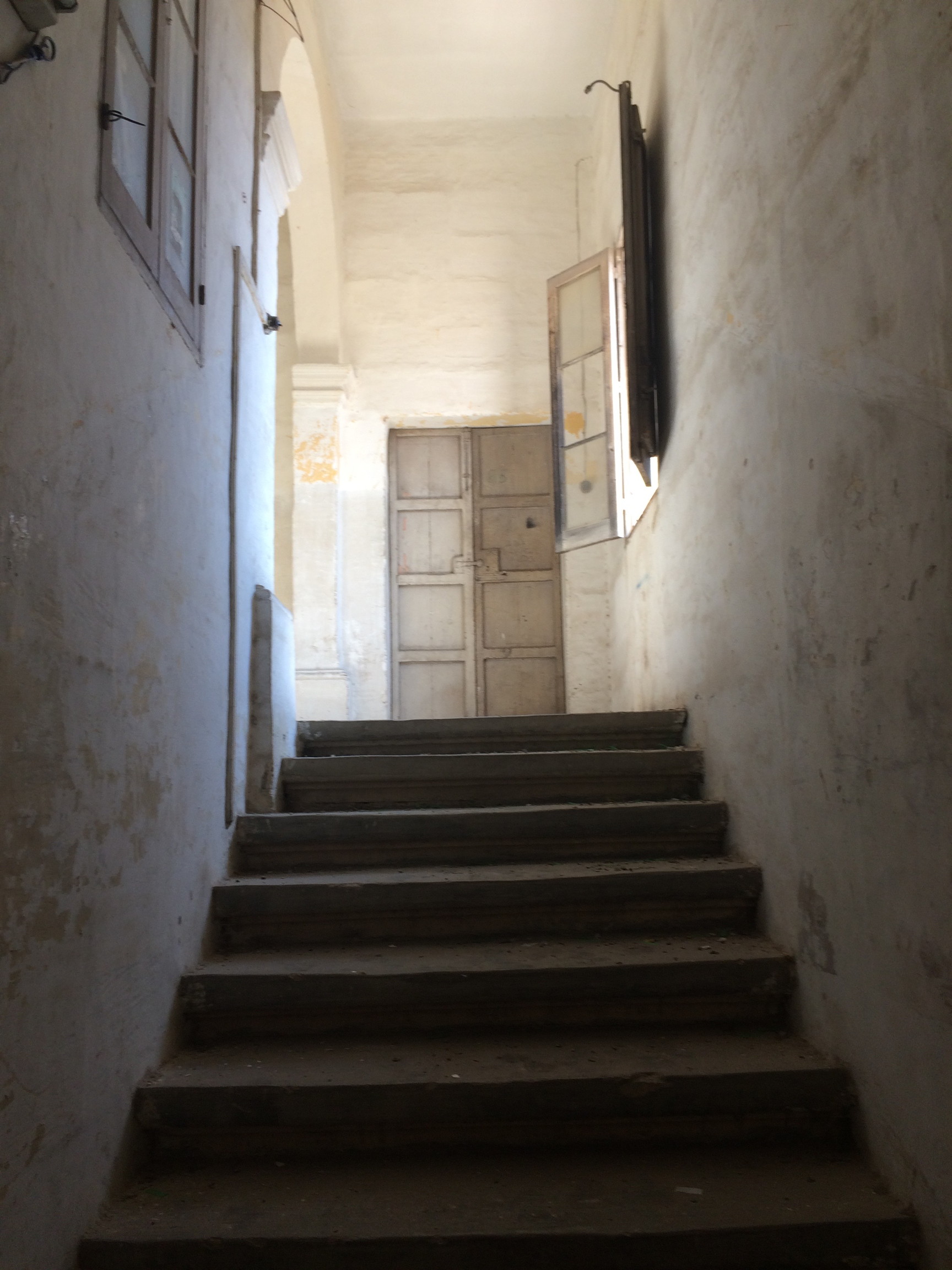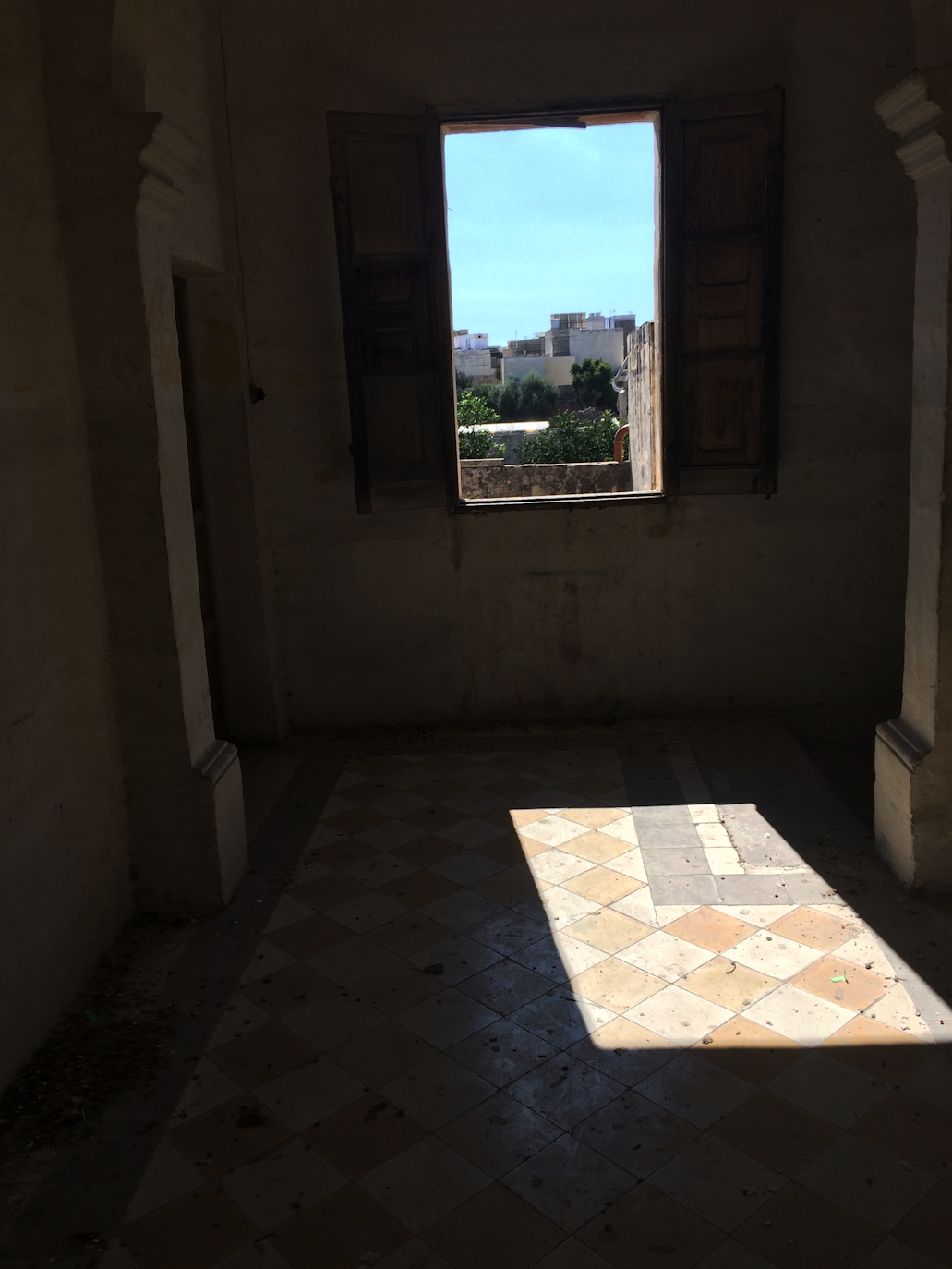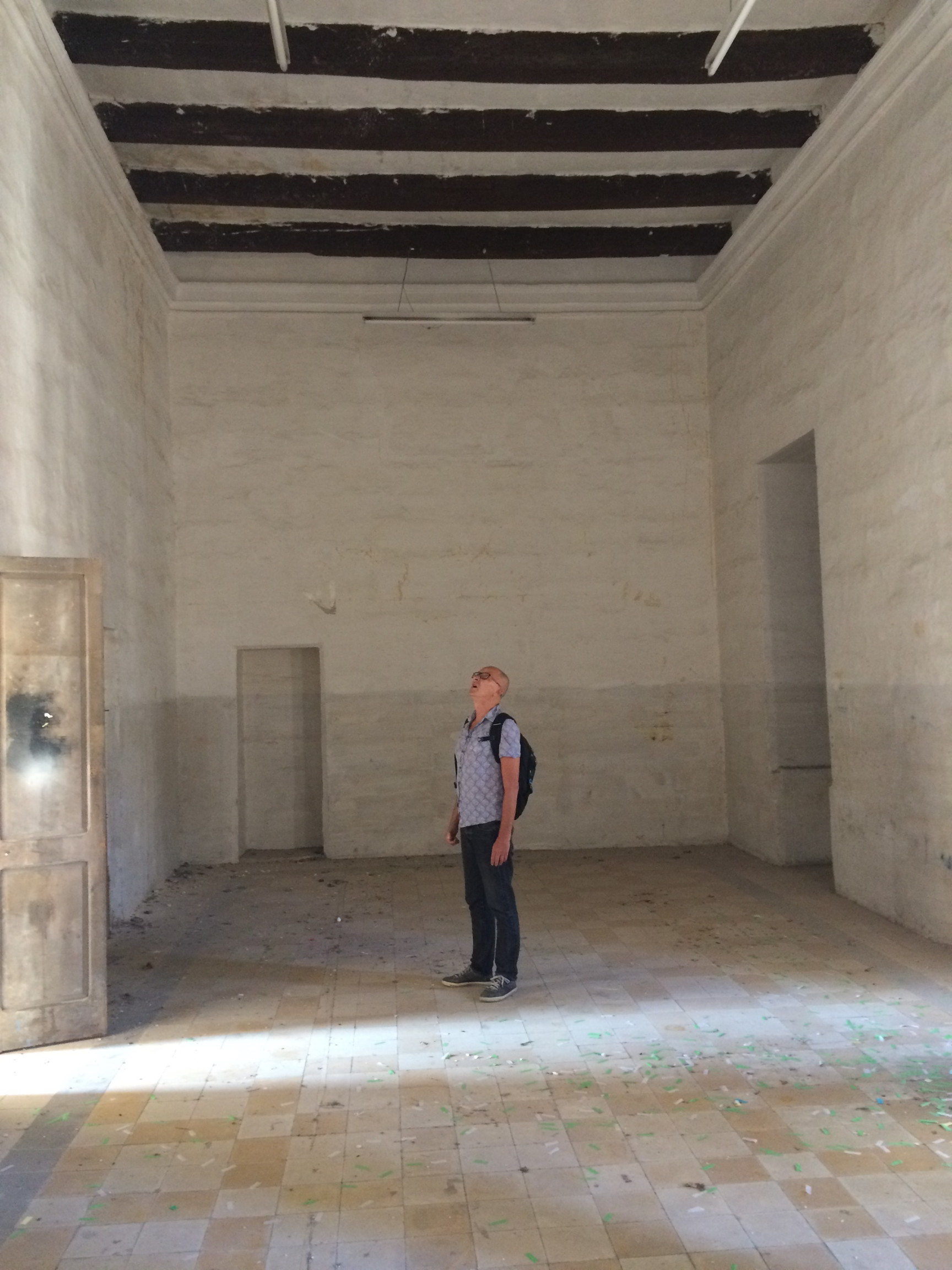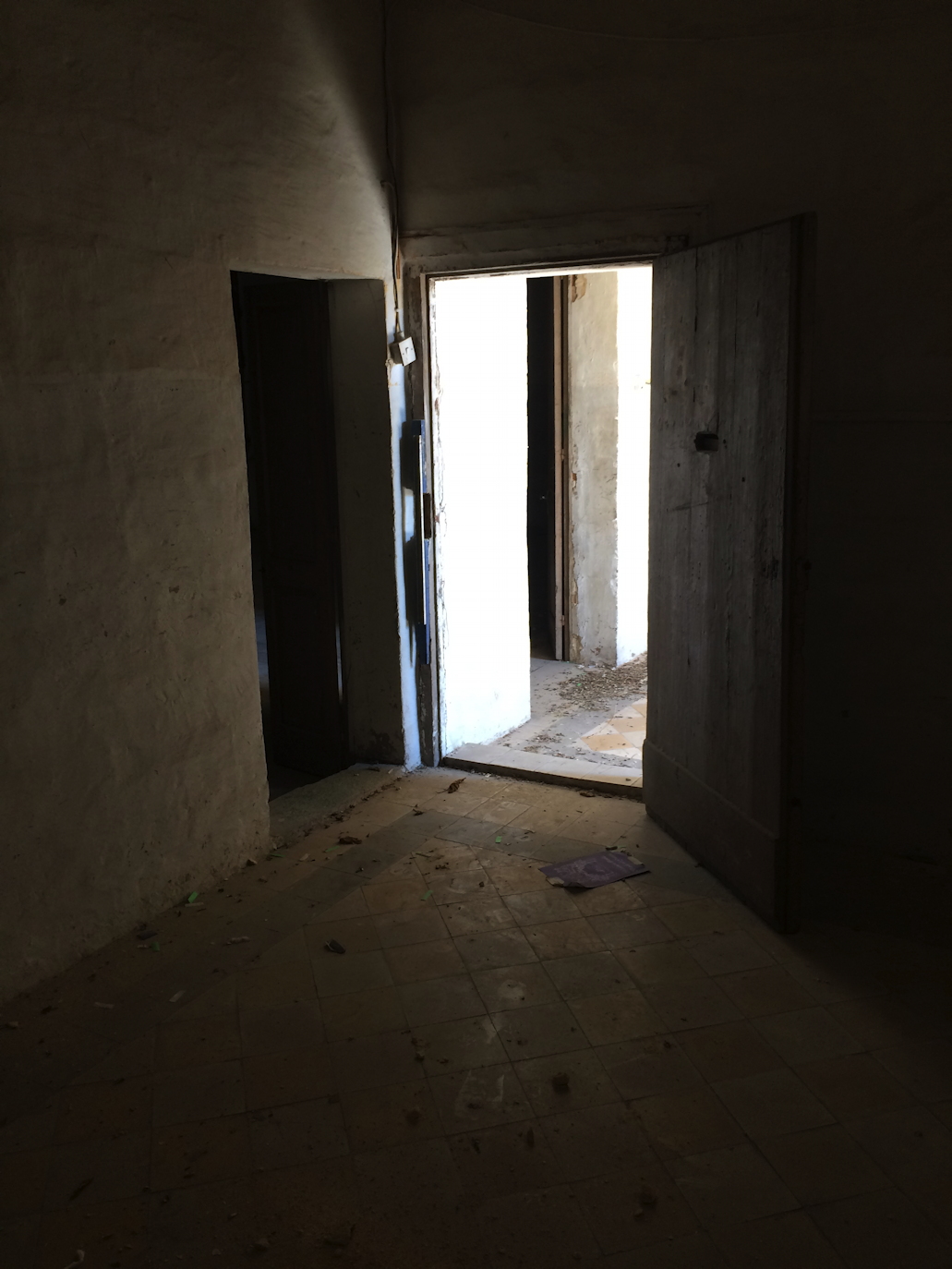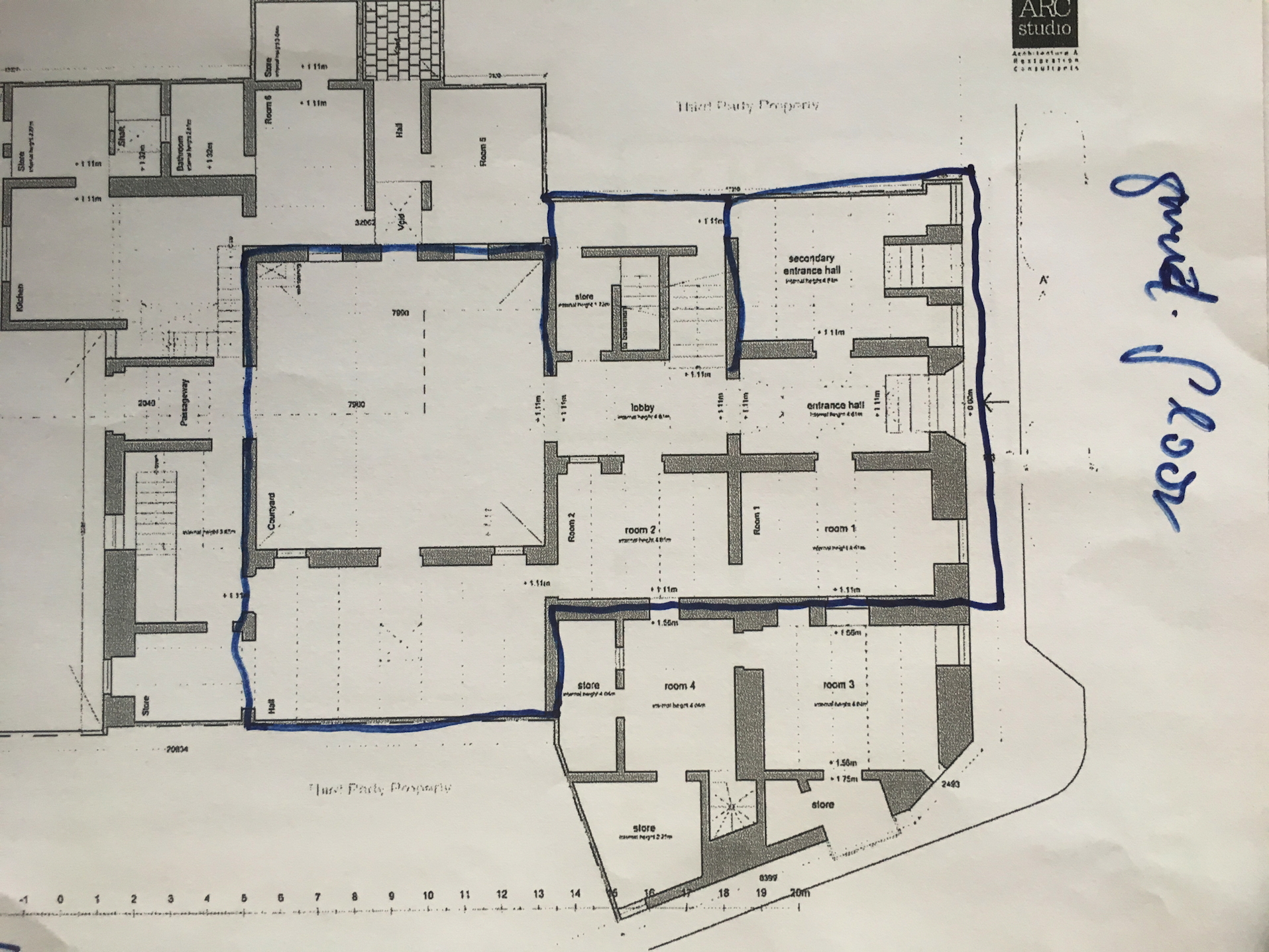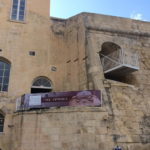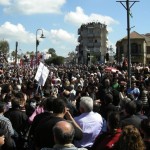Mahalla Malta Festival: Palazzo Żabbar
From the First Floor of the Palazzo we oversee a square with the social club and a soccer-clubhouse just across. Once the home of a noble family, the building served as a police-station in the 1950th and was set on fire during the anti-colonial uprisings in 1958.
Palazzo Żabbar is one of the main venues of the contemporary art exhibition of the Mahalla Festival. Running between the 18th and 25th of November, Mahalla is a travelling festival of contemporary art, film and literature, with several ancillary events running alongside it. Located in venues around Valletta, Santa Lucija and Żabbar, the festival will allow audiences to explore communities through diverse lenses.
The town Żabbar was in the times of the Knights an attractive outskirt of the Three Cities. Also known as Città Hompesch, Żabbar is a city in the South Eastern Region of Malta. It is the sixth largest city in the country, with a population of around 20.000. Originally a part of Zejtun, Żabbar was granted the title of Città Hompesch by the last of the Grand Masters of the Order of St. John to reign in Malta, Ferdinand von Hompesch zu Bohlheim. He was the first German elected to the office. It was under his rule that the Order lost the island of Malta to France 1798, after ruling there since 1530. This effectively marked the end of their sovereignty over an independent state, dating from the time of the Crusades. Nowadays the area is regarded peripheral. Some of our Maltese artist friends told us, they have never been there. We want to disarrange perceptions of center and periphery by searching traces.
In “the Poetics of Space” French Philosopher Gaston Bachelard applies the method of phenomenology to architecture. He is basing his analysis not on asserted origins but on lived experience in spaces and their contexts in nature. He is thus led to consider spatial types such as the attic, the cellar, drawers and the like.
The Mahalla Festival wants to work on new visions of elaborating spaces and sites in an interdisciplinary way sharing experiences, methods and narration styles with other artists, reflecting the path we are all walking on. The Palazzo in Żabbar as a Venue in its unconverted stage is a monument of history and a manifestation of architectural beauty scared by the traces of time. As a property for sale it is looking towards an uncertain future. The artists of the Mahalla Festival working there are invited to work with the space. The Festival attempts to leave a statement around the direction the use of the building could be heading for.
Technical information
On the ground floor we can use six rooms. Five are between 12 and 20 square meters, one is the 40 square meters Hall with the Childbed-alcove. The walls are dry. We have to treat them gentle with respect to a heritage-site, no drilling etc. The place will undergo a basic cleaning. There is electricity and a basic lightning. We will install additional light. The space shall keep its atmosphere though. Video-works are going to be displayed in other spaces.
Related Posts
Tags: Contemporary Art, Mahalla Malta Festival, Malta, Sabine Küper-Büsch, Thomas Büsch, Zabbar
Trackback from your site.

